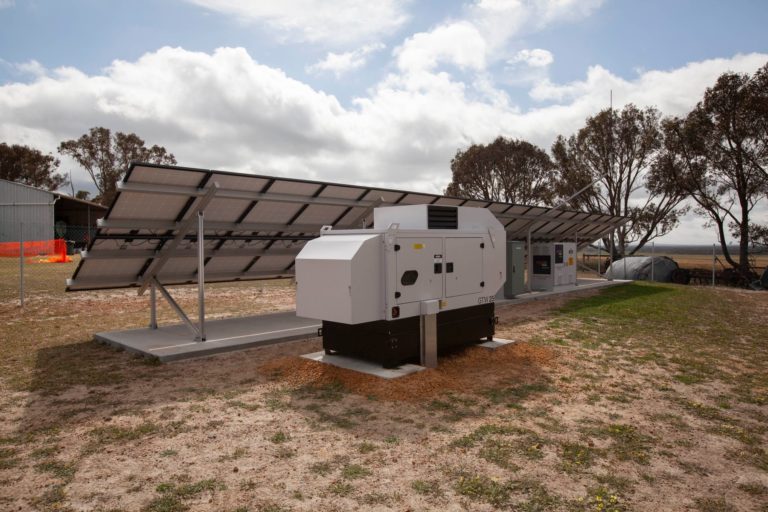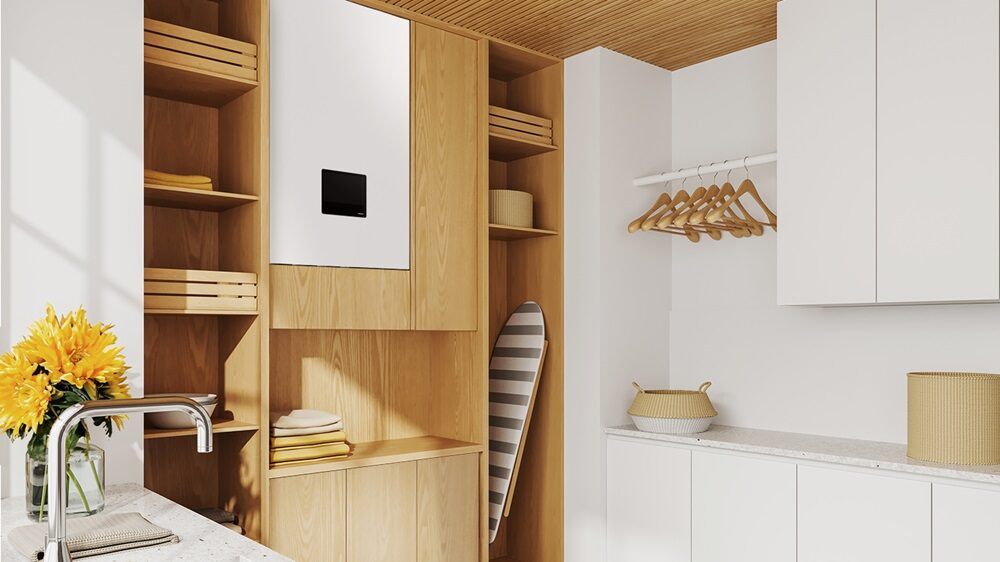The Australian Energy Market Commission (AEMC) has announced a package of new rules that enable distribution network businesses to supply their customers in the National Electricity Market (NEM) using standalone power systems (SAPS), where it is cheaper than maintaining a connection to the grid.
The new rules allow electricity distributors in NEM jurisdictions that opt into the new regulatory framework to install SAPS for both individuals and communities where standalone energy generation may be cheaper, safer and more reliable than grid supply.
AEMC Chair Anna Collyer said the rules were presented on Thursday by South Australian Energy Minister Dan van Holst Pellekaan and their publication was the final step in implementing the commission’s recommendations, following a lengthy review and legislative process.
“Standalone power systems aren’t a new concept, but they have become more viable as technology improves and costs decrease,” Collyer said. “Until now, SAPS weren’t included in the NEM and weren’t covered by consistent reliability standards or customer protections. We now have agreement on a staged implementation, beginning August this year.”
SAPS typically comprise a renewable energy supply such as solar PV panels coupled with a battery energy storage system and, where necessary, a back-up generator. The self-sufficient power units include both microgrids and individual power systems.
The technology has been widely deployed in remote parts of Western Australia but are less prominent in the NEM jurisdictions of Queensland, New South Wales, the Australian Capital Territory, Victoria, South Australia, and Tasmania.
Collyer said that is likely to change, saying electricity distributors operating in the NEM had predicted new SAPS solutions might cater to several thousand customers in the next decade and could expand faster as grid connections reached the end of their service lives.
“Maintaining and replacing traditional older power lines and related infrastructure is a major cost in a country the size of Australia,” she said. “This is a timely rule change as we continue to transition to a renewable energy future. It increases the reliability and resilience of energy supply in remote areas, as well as reducing network costs for all customers.”
Collyer said the new rules will help unlock the benefits of new technologies that are increasingly allowing electricity services to be delivered through alternatives to a traditional grid connection at a lower cost and with improved reliability and safety.
“Particularly in remote, bushfire-prone areas, SAPS do away with the need to replace damaged grid connections at significant expense,” she said. “In fact, the power infrastructure that connects communities to the grid can also cause bushfires, which is another reason SAPS are attractive alternatives to traditional network connections in those areas.”
The publication of the new rules come after an extensive AEMC review, completed in 2020. The AEMC said the findings of the review were supported by the NEM jurisdictions and led to changes in 2021 to the national electricity and retail energy laws.
“The changes operate on an opt-in basis, as some states may need to make amendments to their own legislation to accommodate SAPS,” Collyer said.
The rule changes apply to new distributor-led SAPS. Existing microgrids and other independent power systems will continue to be managed under state and territory legislation.
This content is protected by copyright and may not be reused. If you want to cooperate with us and would like to reuse some of our content, please contact: editors@pv-magazine.com.




By submitting this form you agree to pv magazine using your data for the purposes of publishing your comment.
Your personal data will only be disclosed or otherwise transmitted to third parties for the purposes of spam filtering or if this is necessary for technical maintenance of the website. Any other transfer to third parties will not take place unless this is justified on the basis of applicable data protection regulations or if pv magazine is legally obliged to do so.
You may revoke this consent at any time with effect for the future, in which case your personal data will be deleted immediately. Otherwise, your data will be deleted if pv magazine has processed your request or the purpose of data storage is fulfilled.
Further information on data privacy can be found in our Data Protection Policy.